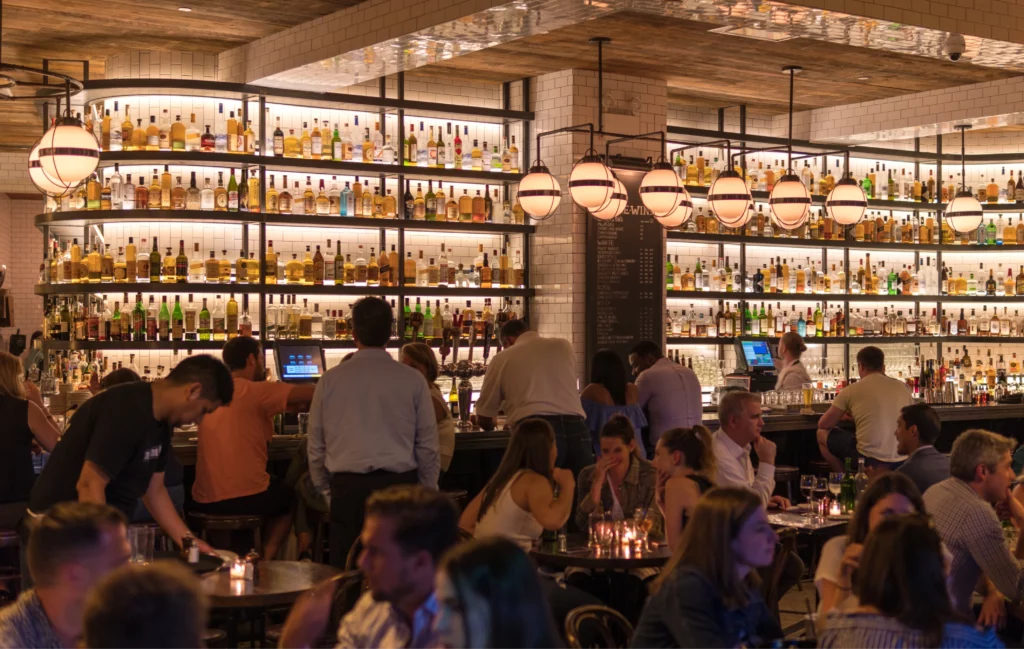How we define "success" in the restaurant business
A restaurant – like any other business – should only be assessed by its capacity to consistently achieve its maximum profit potential in a sustainable manner. Again, not just a profit but the maximum profit that it can generate.
Easier said than done? True. We believe, though, that breaking down the overall operations in basic components, monitoring their performance and making targeted adjustments eventually leads to achieving that goal.

It is a business, first and foremost, not an art gallery
Some chefs and owners look at their dishes like artists contemplating their paintings. They might even be right, at times: some dishes really are “works of art”. But are they profitable? Are they priced appropriately? One should not lose sight of the fact that the ultimate purpose of a restaurant as a business is to generate a sustainable profit.

Serving good food doesn’t make it profitable
Success in the restaurant industry goes well beyond culinary expertise: a good dish is not synonymous of profitable dish.
This is where data and numbers make all the difference: how much does it costs to produce each dish? Does it have a purpose in the overall menu structure? Is the margin being generated adequate to cover the fixed costs? One should not be guessing and second-guessing all this: it must be calculated.

Generating high sales is just the start of the process
Having a restaurant buzzling with guests certainly gives a sense of achievement: we would argue that it is only a very good start. It is essential that all other aspects of the operations are kept under control. The top line is only one factor towards maximizing profitability: what separates it from the bottom line (the profits) is operational efficiency and all those variables related to it.
Moreover, the approach should consider not only the sales that the restaurant is able to generate but also an analysis of any potential opportunities left untapped. Is the menu built and priced to optimize sales? Can prices be hiked without reducing sales? Is the current marketing campaign effective and how can this be measured? All these (and many others) are all relevant questions.

A restaurant should operate as a coherent system
Location, general theme, type of dishes on the menu, wine list, prices, ambiance, servers’ approach and so on should all be aligned with the restaurant strategic positioning: mistakes cost money.
What is the point of setting up the tables like a fine-dining restaurant if the general theme is a casual diner? Guests should be able to enjoy a “consistent” experience to match their expectations. They want to get what they paid for.
